Claws are not flaws!
Declawing cats, inhumane and illegal in NY

June 16, 2023
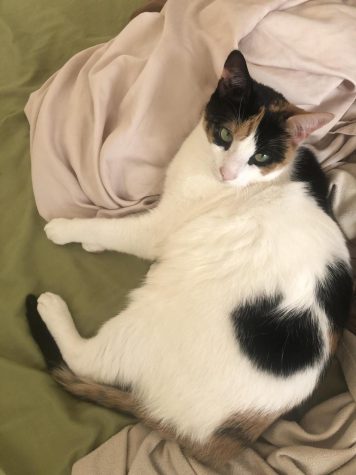
It was a sunny and breezy spring day and sophomore Lissandra Ferrante, who goes by Lissa, pushed a pink baby carriage to the park across the street from her home. There were young kids playing on the monkey bars and chasing each other around, while teenagers hung out in bunches, looking at their phones, talking and laughing. Lissa pushed the carriage past the teenagers and headed for the swings. Then, she leaned down and lifted out Ginger, who was wrapped in a cozy, pink blanket and settled her into a baby swing.
Not surprisingly. Ginger, who is a two-year-old Calico cat, was not pleased. So, Lissa scooped her up and tucked her back into the safety of her carriage, to snuggle with her fish plushy.
Ginger is a rescue cat. Lissa adopted her from a shelter. She’s shy and skittish when it comes to new faces, but if you’re patient she’ll start to get closer to you to try and sniff you, then eventually start to rub against your legs.
Despite Ginger’s potentially traumatizing adventure at the park, she’s lucky that she’s a New Yorker. Here, she’s protected from ever being declawed because it’s illegal. New York was the first state in the country to ban declawing cats. It became law on July 22, 2019, and anyone who violates it will face a penalty of $1,000.

There is a common misconception that getting declawed is like clipping your nails. It’s not. Declawing is the removal of the third bone in a cat’s toes – it’s an amputation. Usually only a cat’s front toe bones are amputated, severing 8-10 bones, depending on whether or not the thumb joints are removed.
According to the American Veterinary Medical Association (AVMA), the most common reason why owners get their cats declawed is to stop them from scratching up furniture, despite the fact that scratching or clawing is a normal, healthy behavior for cats to do.
The after effects to declawed cats vary. Some cats seem to have no changes in their personalities. But others can start to be spiteful and be more aggressive or have more attitude towards their owners and the people around them. According to the AVMA about 33% of all declawed cats develop behavioral issues and studies point to declawing as being the likely reason for their change in behavior.
Declawing may also lead to health conditions. The Humane Society of the United States says that it can cause arthritis in cats’ backs and shoulders. This happens because declawed cats shift their weight onto their center paw pad instead of their toes, which then causes stress on their shoulders and spines.
Declawed cats may also have a hard time using a litter pan. Due to the pain in their paws, they may lose the ability to dig in the sand, which may lead to them going to the bathroom in places outside of the litter pan. They may also do this out of spite.
Additionally, the AVMA warns that declawed cats may lose their balance during their recovery from the surgery due to the pain or soreness in their paws. And in the long term, because cats usually use their claws to have a hold of the ground beneath them, if they can’t get a good hold of it, they may have trouble maintaining balance.
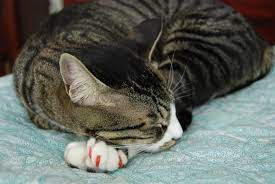
For people who are concerned about cats scratching things up, there are other solutions that are recommended by the AVMA. One that is less known than others is using nail caps (also called claw caps), which are little plastic caps that are glued onto a cat’s nails to minimize nail damage to property. They don’t prevent nail growth, but just cover the sharp part of the nail. They are similar to press-on nails and come in different colors, can be multi-colored in a single cap and can even have sparkles. They last for about four to six weeks.
“I would never ever declaw Ginger, even if she scratched my furniture or my clothes, because I feel like it’s inhumane and it’s not the proper way to treat the problem,” said Ferrante.

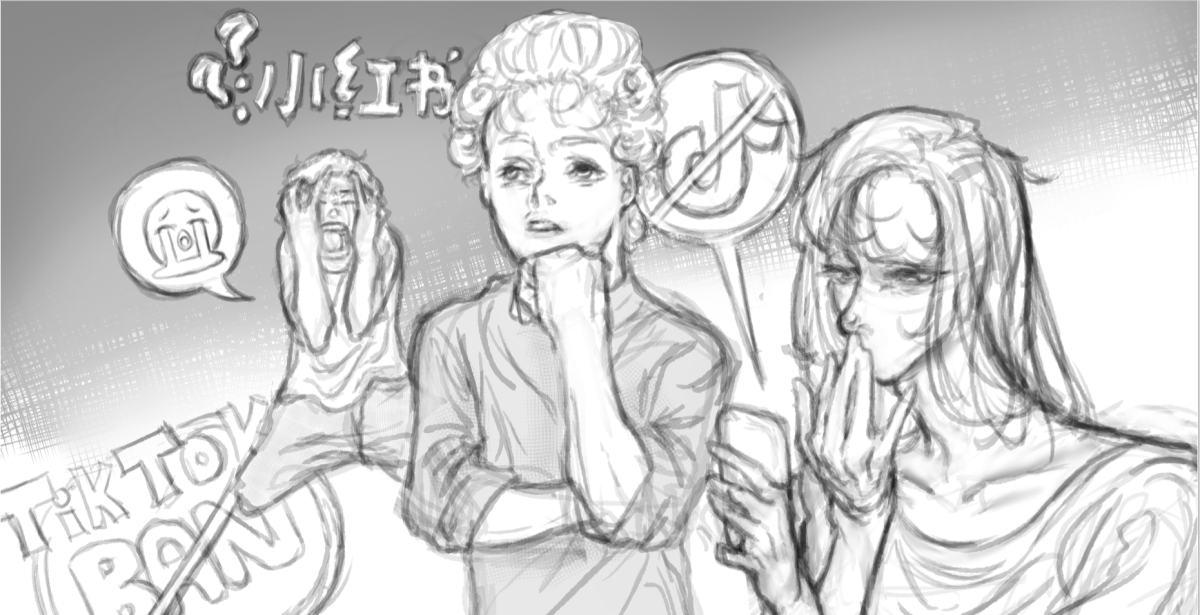


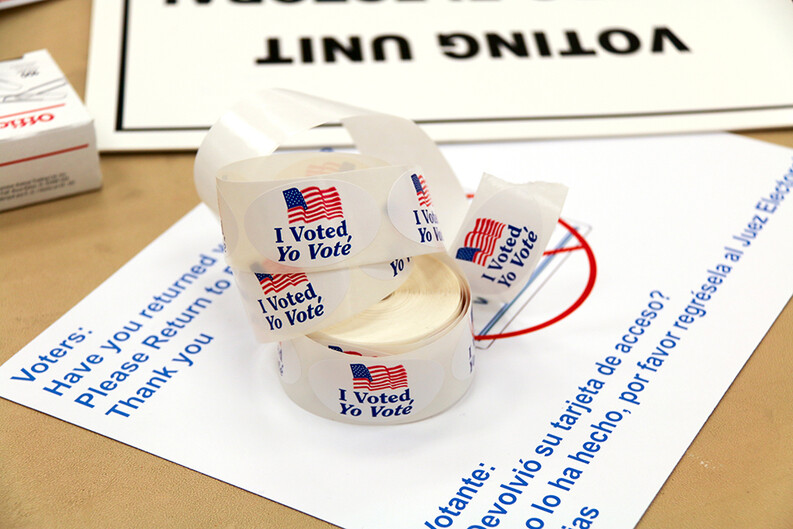


















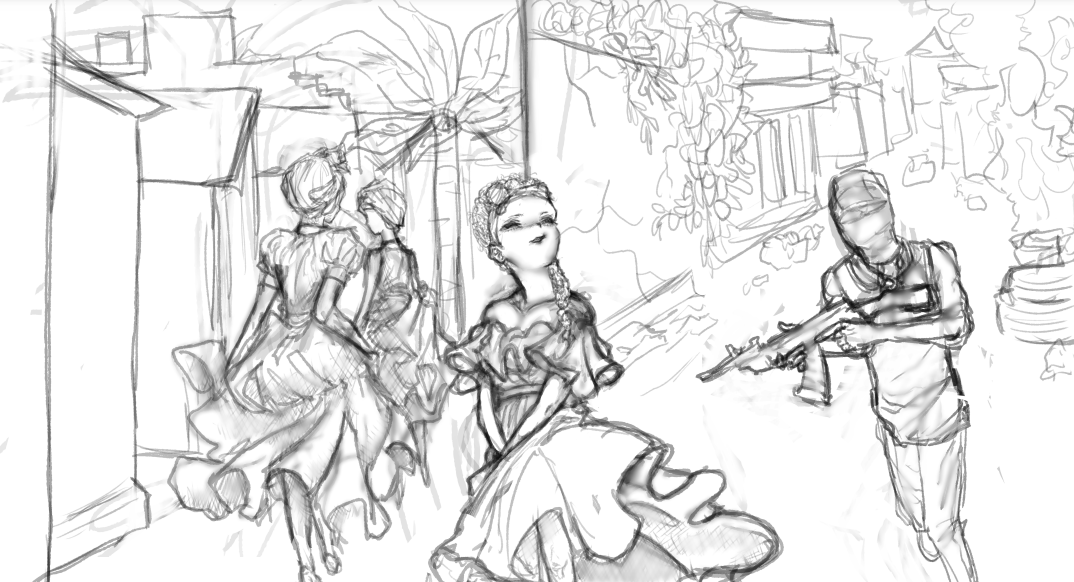
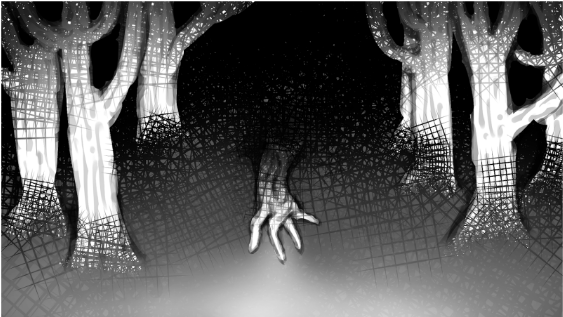







Kerrie Tang • Feb 13, 2024 at 8:45 AM
This article is good, it shows that declawing is inhumane and can cause many problems.